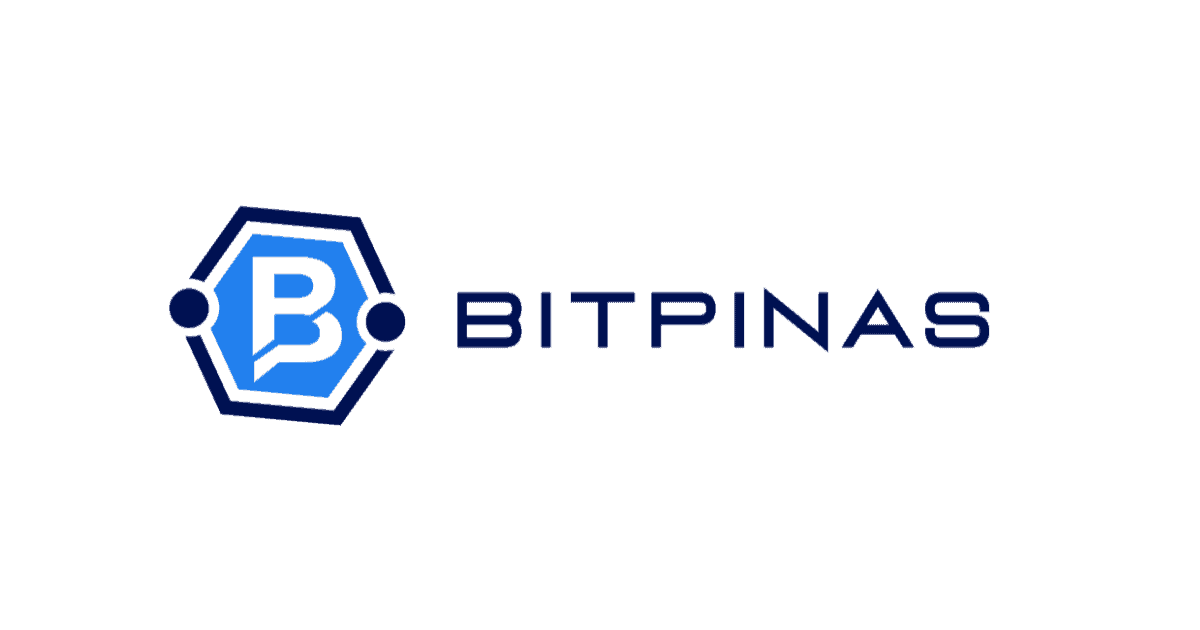Disclaimer: This article is for informational purposes only and does not constitute financial advice. BitPinas has no commercial relationship with any mentioned entity unless otherwise stated.
Bitget Wallet, a decentralized multi-chain crypto wallet developed by international crypto exchange Bitget, now supports national QR code payments in Vietnam and the Philippines.
This means that Filipino users can now scan QR Ph codes to pay for goods and services using stablecoins like $USDT and $USDC across multiple blockchains, including Ethereum, TRON, Solana, Base, TON, and BNB Chain.
Moreover, as part of the launch, users who use the feature at partner merchants will receive a 50% cashback on their first transaction until July 30, 2025, as announced by Bitget.

Game Changer? Crypto as Payment at Bitget Wallet
In a statement, Bitget shared the integration is part of its broader PayFi initiative aimed at bridging web3 technologies with real-world use cases. It is the first self-custody solution to enable QR-based crypto payments using national systems in both countries.
In the Philippines, the crypto exchange clarified that purchases can be made at retail shops, restaurants, cafes, and food stalls, wherever QR Ph is accepted as a mode of payment.
It is because Bitget Wallet’s scan-to-pay function can automatically detect whether a QR code is blockchain-based, like Solana Pay; or a national QR, like QR Ph; and then process the transaction accordingly.
- Crypto balances are used directly for payment in this feature.
Moreover, the team behind Bitget Wallet expressed that by enabling direct stablecoin payments via QR Ph, the feature eliminates the need for peer-to-peer conversions for small-value transactions and offers a faster, more seamless experience for crypto users.
However, as of this writing, token conversion and gas-free payments are not yet active.
“We’re helping crypto become something people actually use—to eat, shop, travel, and live.”
Bitget Wallet
How to Pay via QR Ph at Bitget Wallet
Users need to scan a QR code from a local merchant, input the payment amount, and complete the transaction through the Bitget Wallet app.
- Open Bitget Wallet and tap the scan icon.
- Scan a QR Ph code.
- Enter the payment amount.
- Confirm the transaction.
- Receive cashback in $USDT to the same wallet (for the first transaction).


Promo: 50% Cashback at First Transaction
When a user uses the feature on Bitget Wallet for the first time, they will enjoy a 50% cashback of up to 2 $USDT. This is according to the announcement of Bitget.
Here are other reminders about the promo:
- Cashback is credited within 1 business day.
- Abuse or fraud leads to disqualification.
“We’re giving 50% cashback on your first crypto payment made via national QR codes in Vietnam or the Philippines.”
Bitget Wallet
Bitget in PH
Recently, Bitget Wallet highlighted its growing presence in Southeast Asia during Philippines Blockchain Week held at the SMX Convention Center Manila from June 10 to 11.
Will Wu, Head of Growth at Bitget Wallet, joined a panel on “Secrets of the Big Global Exchanges,” sharing insights on user trust and platform growth. At its booth, Bitget Wallet showcased its integration of Solana Pay and national QR code payments, reinforcing its push for accessible crypto transactions.
Bitget also partnered with crypto educator Cryptita Plays to launch the Young Learners’ Encyclopedia, an illustrated book that simplifies blockchain concepts for children in underserved areas of the Philippines.
Other Bitget News
Bitget Wallet was rebranded last month with a simpler interface and new features as part of its global “Crypto for Everyone Movement” and $1 million campaign to boost adoption, now supporting 130+ blockchains, real-world payments, tokenized assets, and a beginner-friendly “Simple Mode.”
This article is published on BitPinas: You Can Now Use Bitget Wallet to Pay with Crypto via QR Ph
What else is happening in Crypto Philippines and beyond?





































